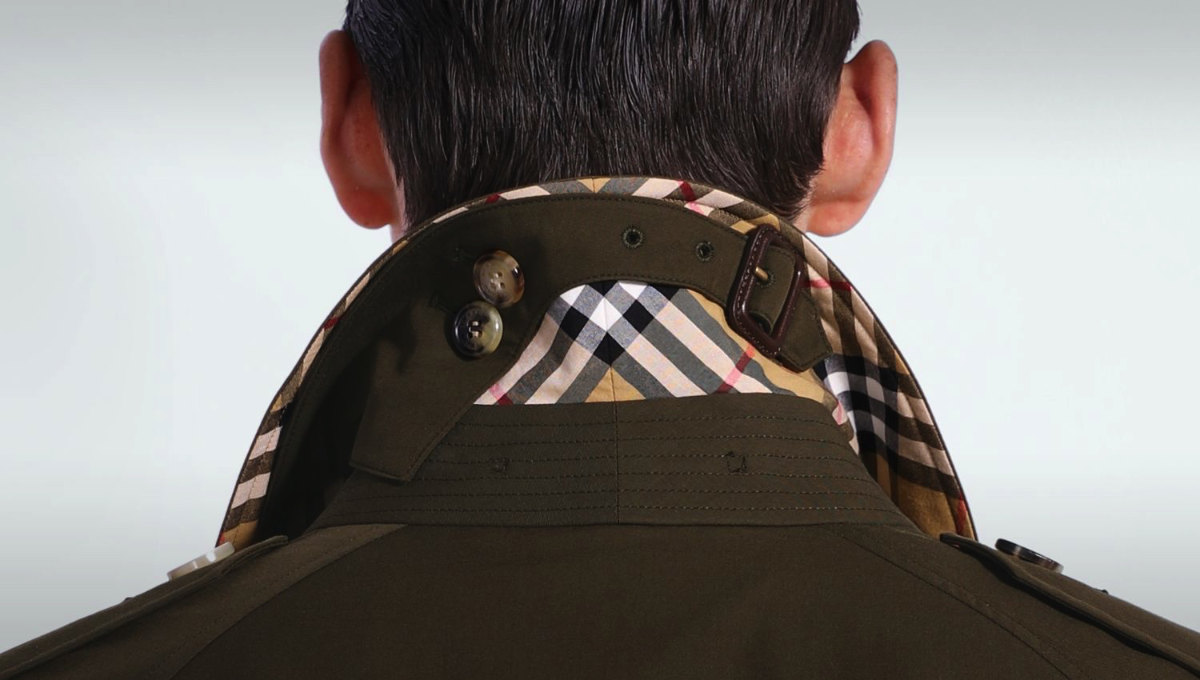The Burberry Trench Coat
Burberry, 13.05.2020
The quintessential British coat, a global fashion icon. Created by Burberry founder Thomas Burberry over 100 years ago – inspired by our heritage, whilst embracing modernity.
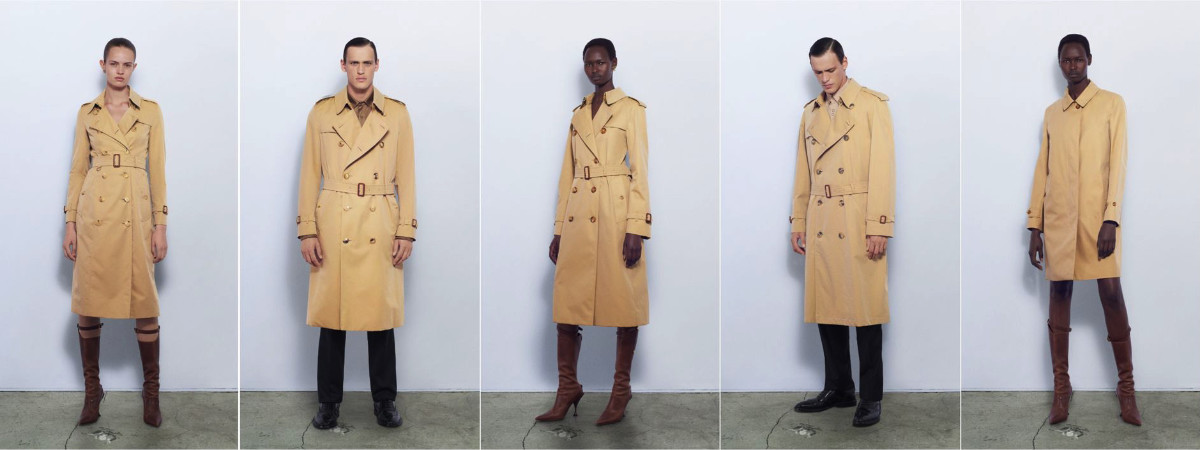
Discover All Trench Fits
The classic trench coat is designed in five silhouettes - the Kensington, Westminster, Chelsea, Waterloo and Pimlico - each style as individual as the London location they're named after.
The Chelsea
The slim fit - our closest, body-skimming fit with narrow shoulders and a nipped-in waistline. In two colours - honey and midnight - and available in two lengths.
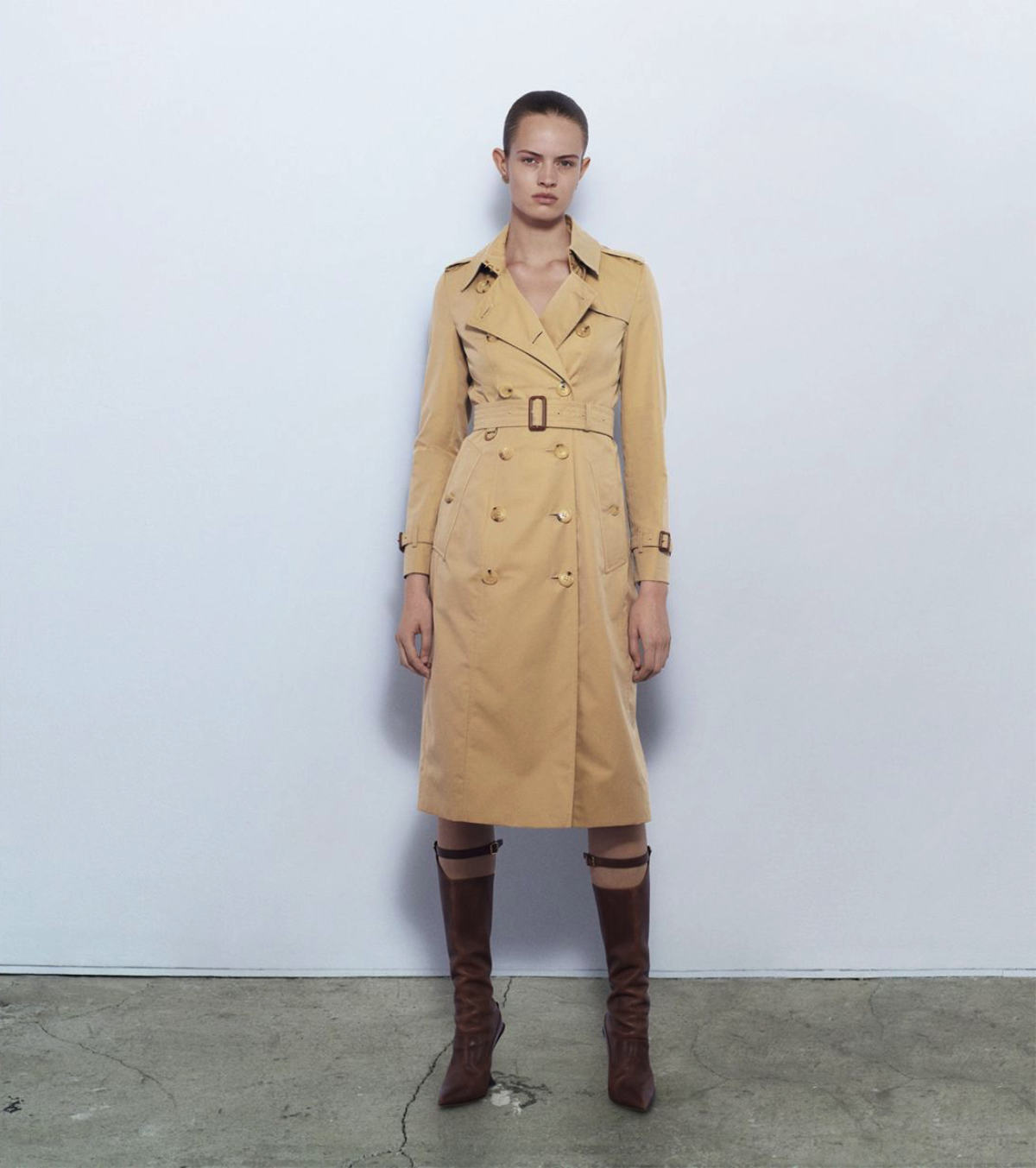
The Kensington
The classic fit - a streamline cut that effortlessly skims the body. Our most popular silhouette, heroed for its ersality. In four colours - mid grey, midnight, honey and black - and available in two lengths.
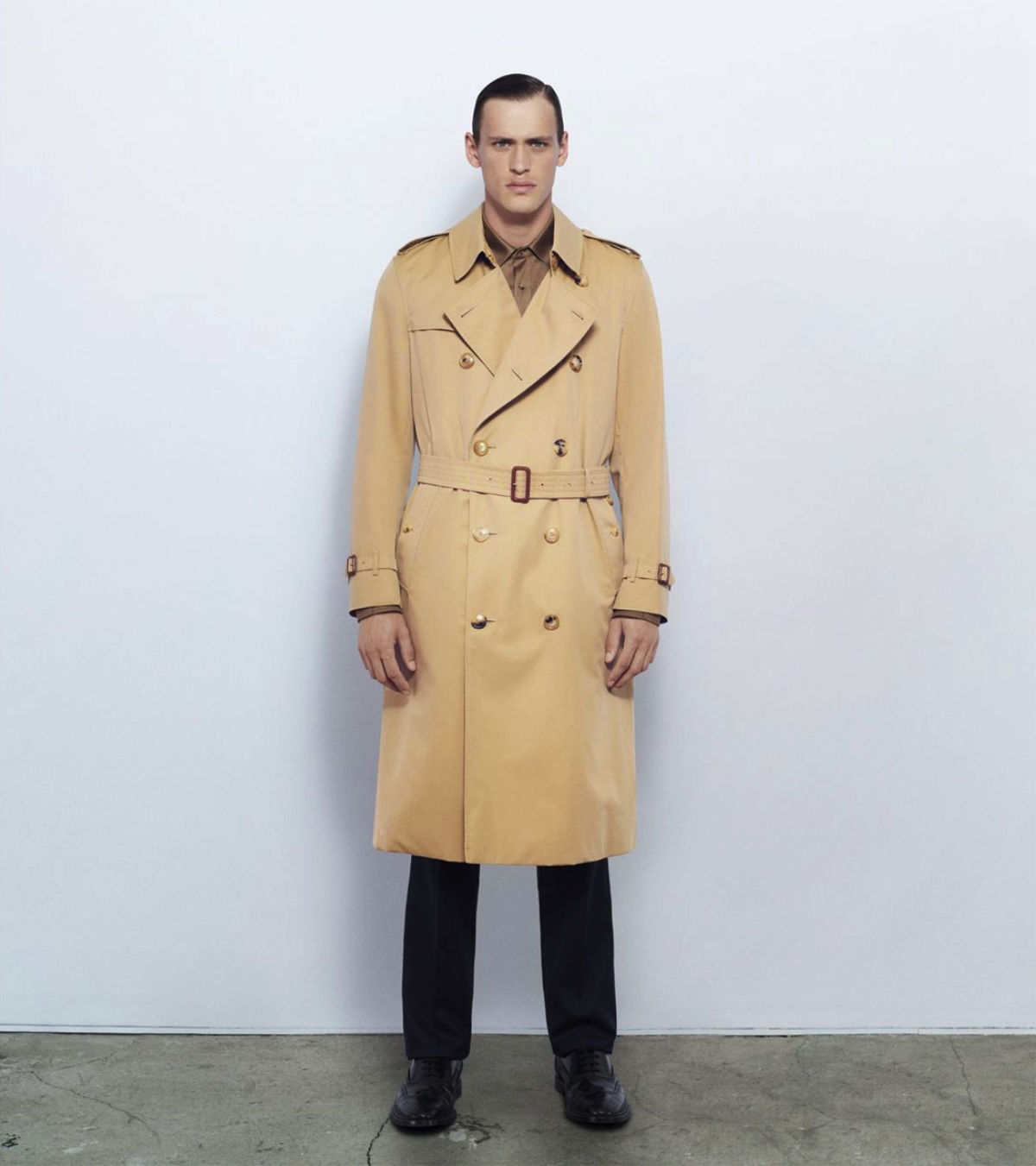
The Waterloo
The relaxed fit - longer in length with a subtle and relaxed fit that's ideal for layering over tailoring. In three colours - chestnut, black and honey - and available in one classic length.
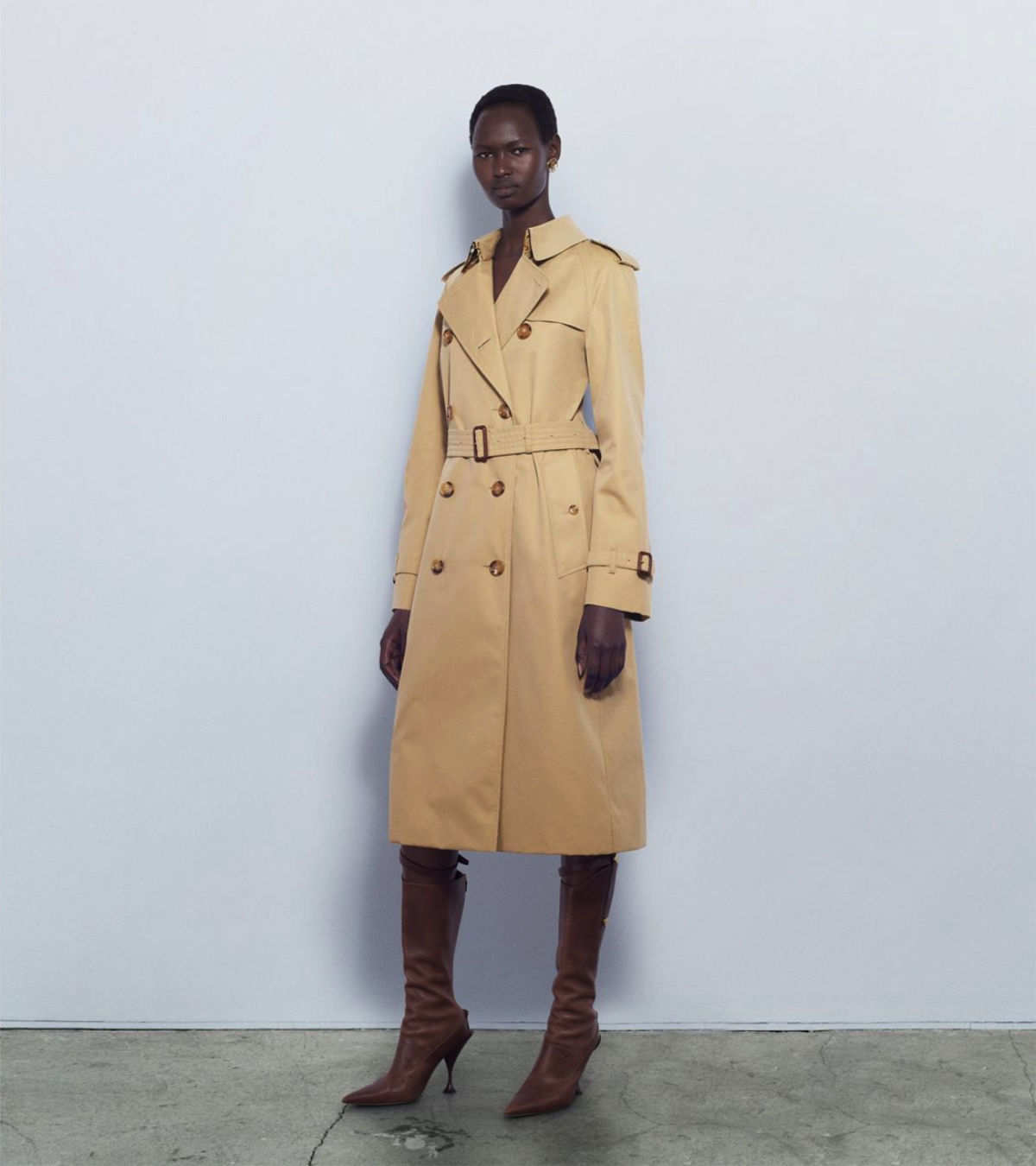
The Westminster
The oversized fit - oversized and lightweight, cut for a fluid, draped silhouette. In two colours - honey and dark military khaki - and available in two lengths.
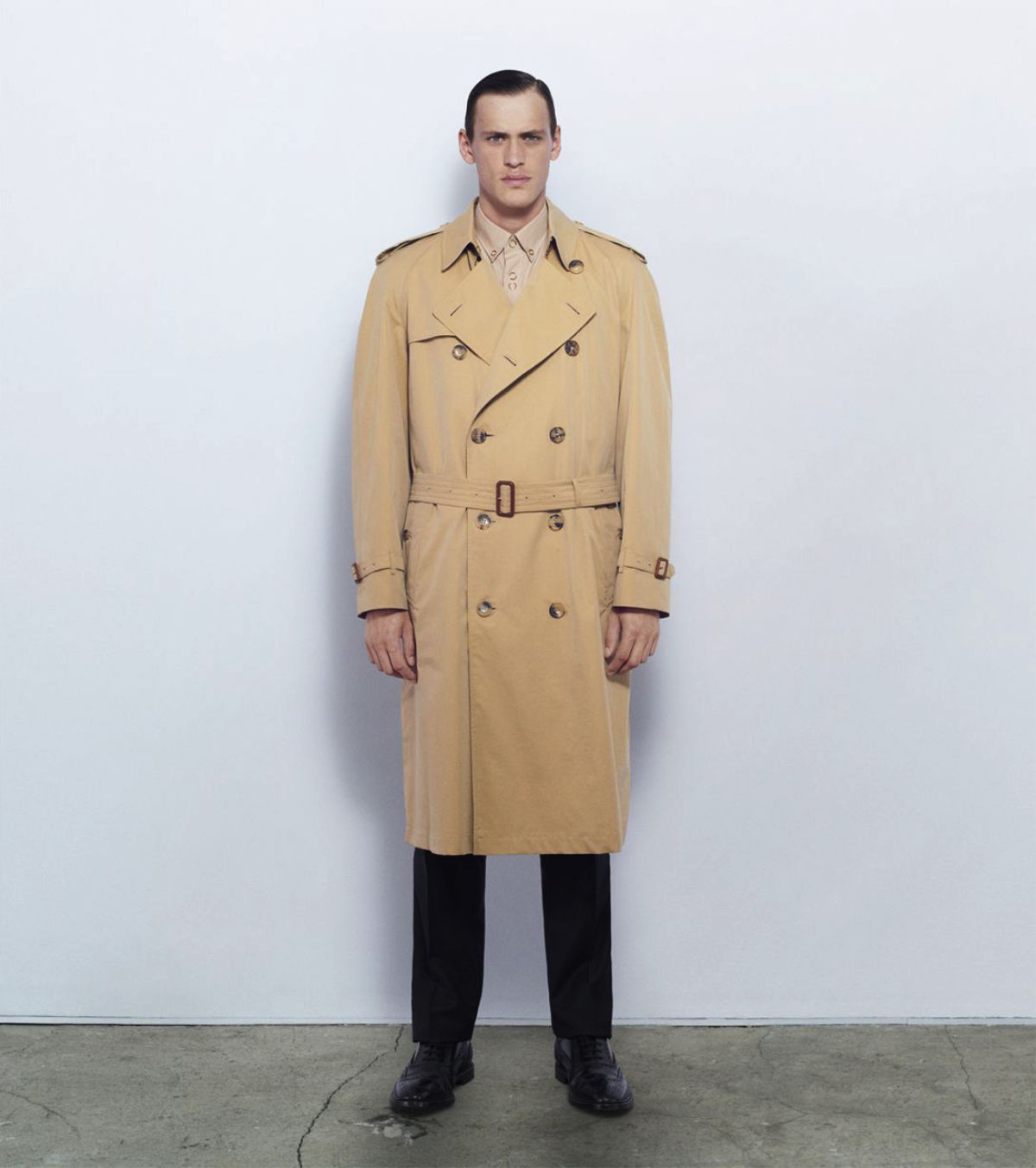
The Pimlico
The straight fit - a single-breasted car coat with minimalist features and a streamlined silhouette. In three colours - biscuit, midnight and honey - and available in one classic length.
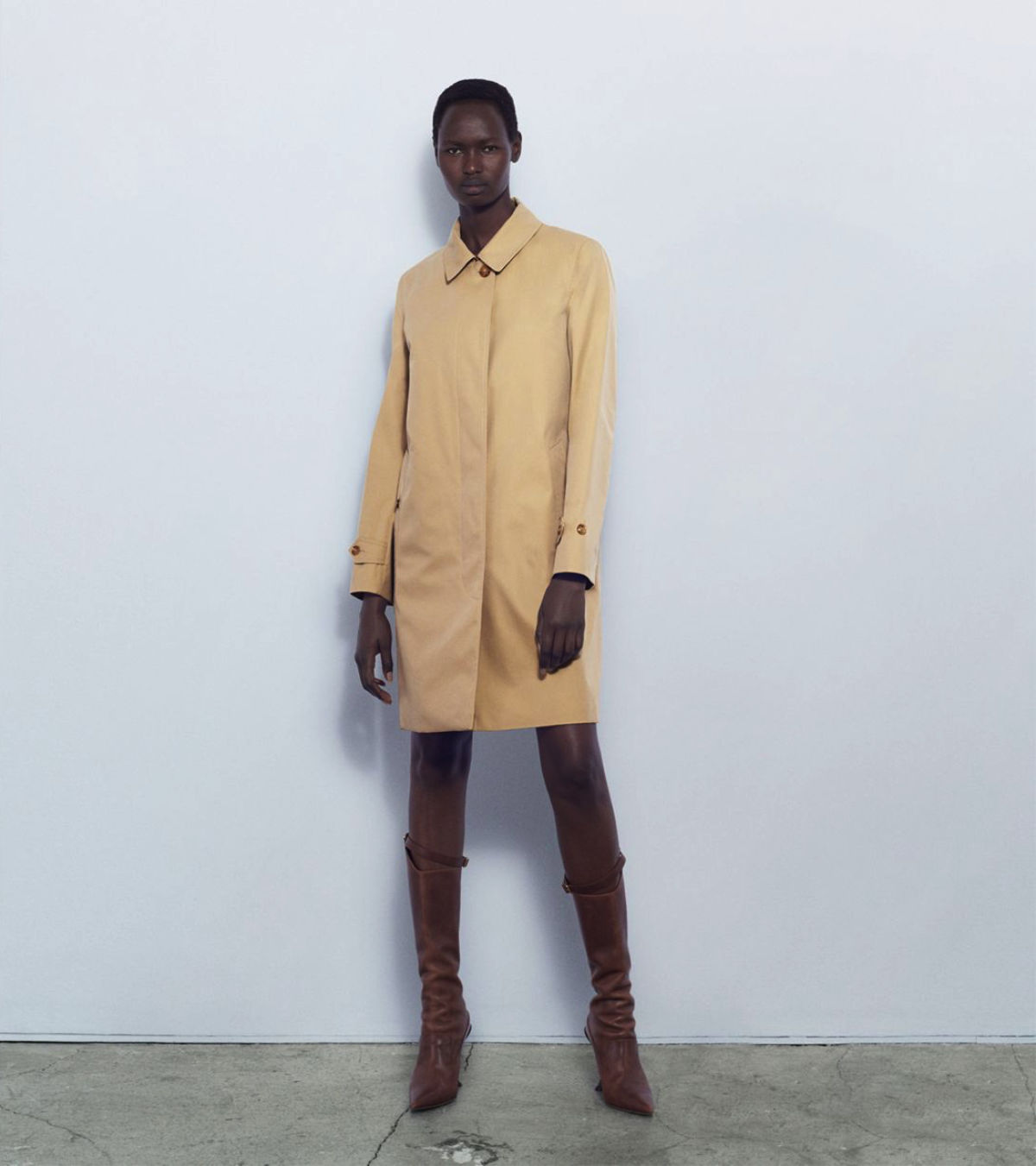
An Iconic Design
Made in Castleford, Yorkshire for over 50 years and cut from gabardine – a revolutionary fabric that Thomas Burberry invented in 1879. Polished and practical, a beautiful weatherproof cotton that remains at the heart of Burberry.
The trench coat evolved from the Tielocken coat, patented by Thomas Burberry in 1912. A simple yet refined shape that adapted over the years to become the instantly recognisable Burberry trench coat.
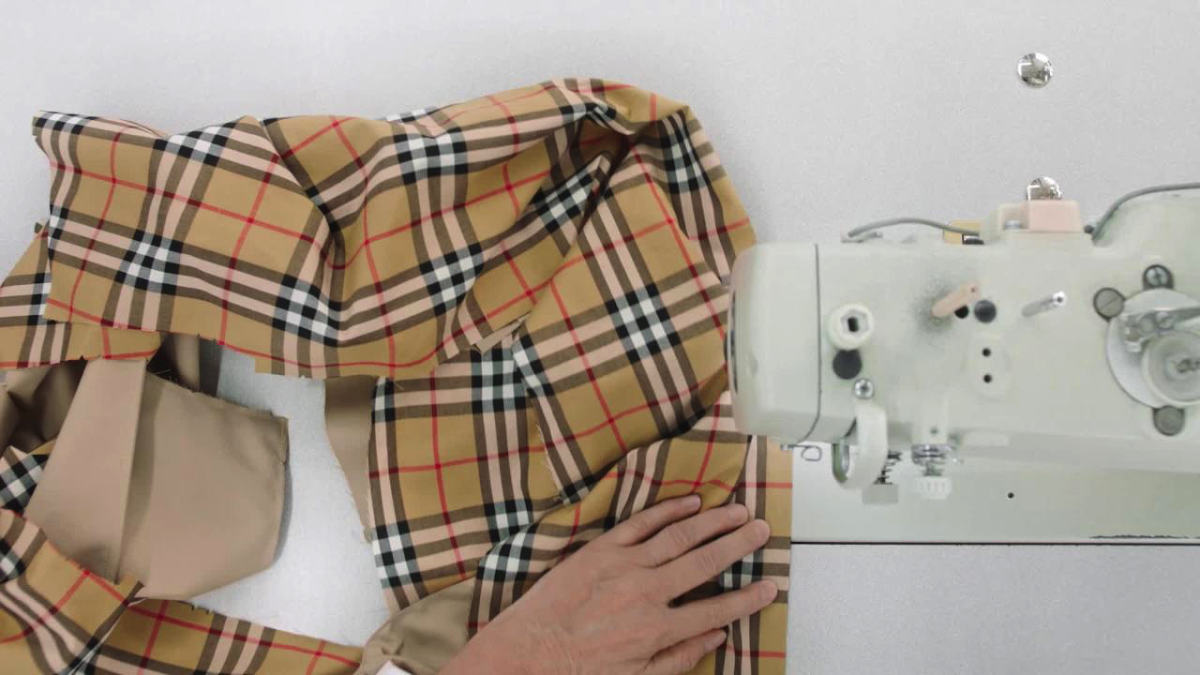
Design Details
A revolutionary fabric that's lightweight and breathable. Before gabardine’s invention, traditional weatherproof fabrics were waxed or rubberised to repel water – making them heavy, stiff and uncomfortable to wear.
A design born from function to protect the military during the First World War. Its unmistakable epaulettes originally displayed an officer’s rank, while the belt’s metal D-rings were used to attach equipment.
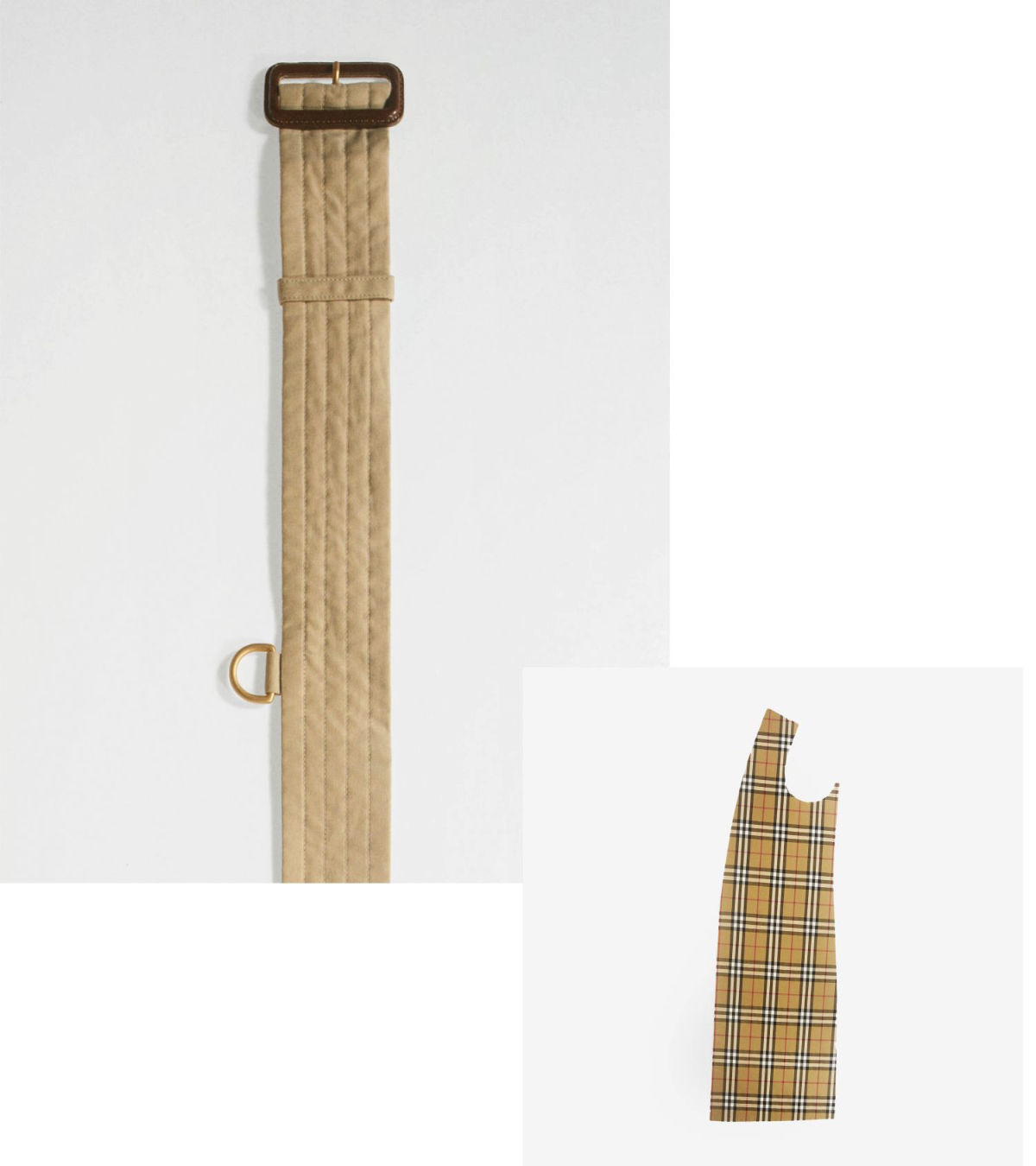

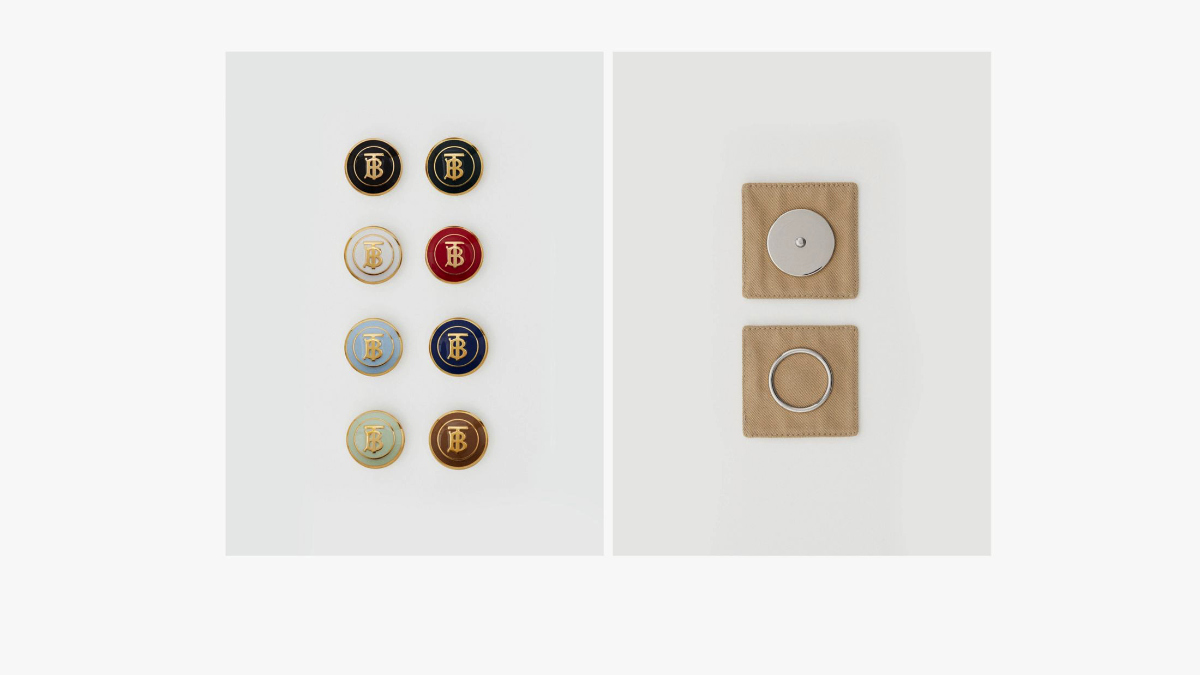
Collar Construction
It takes one year for each specialist tailor to learn the stitching of the trench coat’s collar – the most intricate part of its construction. More than 180 stitches are sewn by hand to create a fluid curve that sits perfectly on the neck.
